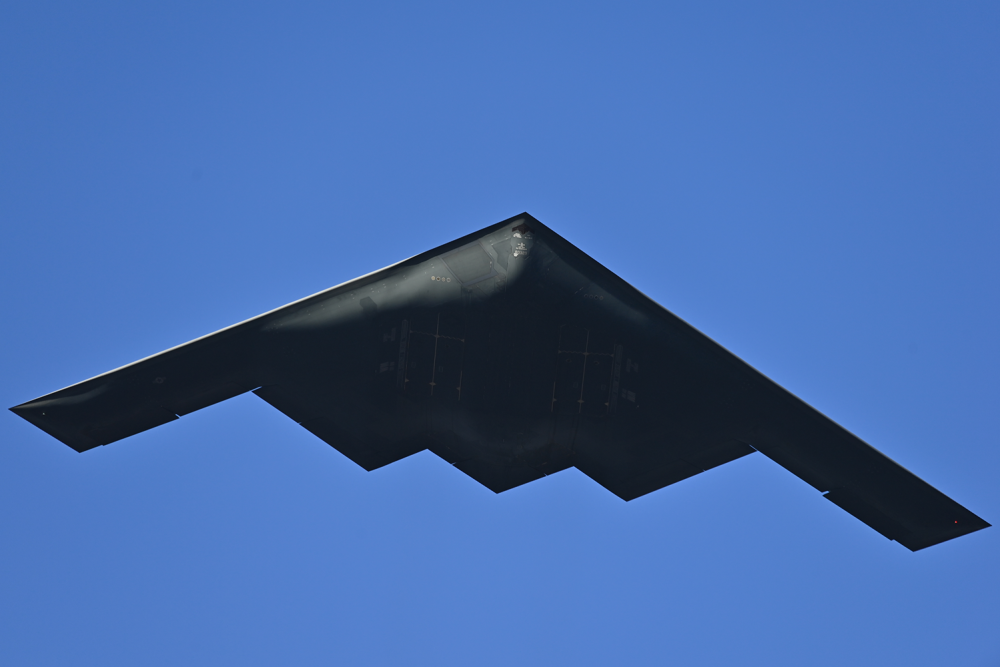
作者/Author(s): Robert Farley
網站來源/Source: Foreign Policy
日期/Date: 06/23/2025
關鍵字/Keywords: 軍事、伊朗、空權
摘要:
過去三年來,俄烏戰爭和以伊衝突中大量使用空戰,為未來空權運用的前景與限制提供寶貴的經驗。
- 「五環模型」(Five Rings Model)將攻擊目標分為五個同心環,依序為作戰部隊、人口、基礎建設、有機必需品,以及領導層。
- 每一層越往內越難攻擊,但對政權造成的傷害也越大。
- 這表示,軍事力量應集中用來打擊核心,而非外層。
- 這個模型可用來評估烏克蘭與伊朗戰區空權運用的差異。
- 在俄烏戰爭中,雙方的防空網密集,對載人飛機構成重大威脅,限制其執行深入打擊任務。
- 俄羅斯使用戰略飛機、滑翔炸彈和長距離精準無人機發射巡航飛彈和滑翔炸彈,襲擊烏克蘭居民、基礎設施和野戰部隊。烏克蘭則以高成本有效攔截這些戰略攻擊。
- 雙方都以無人機取代載人飛機達到戰術和戰略目的。然而,他們充其量只能破壞到第三圈(基礎設施),無法打擊到民眾士氣或迫使政權更迭。
- 相較之下,以色列在美國協助下,混合使用無人機與載人戰機,對伊朗的有機必需品(如核計畫)甚至部分高層領導人發動攻擊。
- 美以聯的空中力量能夠隨時隨地攻擊伊朗境內任何目標,他們認為只要對公共物資或高層官員進行足夠打擊,就能推動伊朗政權更迭。
- 然而,五環模型的缺陷在於一個政權不論有多專制,人們對轟炸者的敵意會大於對政府的敵意。
- 技術與組織因素或可解釋兩場空中行動的差異。
- 雖然差距逐漸縮小,但俄羅斯和烏克蘭的防空系統比伊朗的更密集、更好。不過美以聯軍也積極部署更先進的戰機,並搭配電子與網路作戰武器削弱伊朗的防空系統。
- 此外,美以飛行員的訓練也優於俄羅斯和烏克蘭,大多具備摧毀複雜防空系統的能力。
- 空襲雖會讓目標感到痛苦,但只有在目標方無法再承受痛苦時,他們才會接受攻擊方的要求。
Summary:
For the past three years, the Russo-Ukraine War and the Israel-Iran Conflict have seen tremendous use of aerial warfare, which has provided valuable lessons about future airpower prospects and limitations.
- The "Five Rings" model divides targets into five concentric rings: on-field forces, population, infrastructure, organic essentials, and leadership.
- Each ring is harder to attack but gives greater leverage in terms of damage to a regime.
- This implies that forces are best used to strike the critical inner rings rather than the outer shelves.
- This model could evaluate the differences in airpower in Ukraine and Iran.
- In Ukraine, both sides' air defenses are sturdy, endangering manned aircraft and restricting them from conducting deep strikes.
- Russia used strategic aircraft, glide bombs, and long-range precision drones to launch cruise missiles and glide bombs to strike the Ukrainian population, infrastructure, and field forces. Ukraine is adept at intercepting these strategic attacks at a high expense.
- Both sides replaced manned aircraft with unmanned aerial vehicles for tactical and strategic purposes. However, at best, they could only damage up to the third circle (infrastructure) without demoralizing citizens or forcing regime change.
- Israel, assisted by the U.S., used a mix of drones and manned aircraft to attack up to the organic essentials level (nuclear program) and even some top Iranian leaders.
- The U.S. and Israel's airpower can strike any Iranian targets at will and convenience, believing it could force regime change after attacking enough public goods or high-ranked officers.
- The "Five Rings" model is flawed because people will be more hostile towards the bomber than their government, regardless of how repressive it is.
- Technology and organizational factors could explain the differences between the two campaigns.
- Although the gap is narrow, Russian and Ukrainian air defenses are denser and better than Iran's. However, the U.S. and Israel deployed more advanced aircraft supported with an array of electronic and cyberweapons to disable Iran's defenses.
- The U.S. and Israel's pilots are better trained to destroy complex air defense networks than Ukraine or Russia.
- Air campaigns may inflict suffering on their target, but the targets will only comply with the attackers' demands when they can no longer bear the pain.
